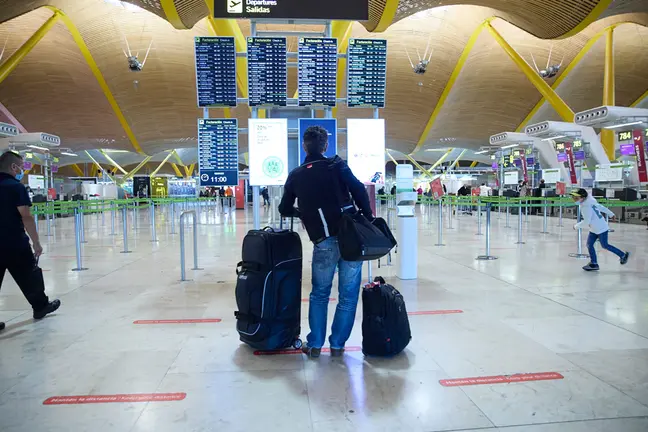On Tuesday 19 May, the Finnish National Institute for Health and Welfare (THL) reported just 19 new coronavirus (koronavirus, in Finnish) infections. With them, the total number of laboratory-diagnosed cases rose to 6,399.
Besides being a minimum number, the statistics released on Tuesday contain another peculiarity, which gives an idea of the development of the epidemic in the country: all the infections reported in the past 24 hours were found in the Helsinki-Uusimaa region, the one with the highest population density in the country.
No cases were found in the rest of Finland, according to THL figures.
The health agency also reported 1 more death associated with the disease, bringing the total number of fatalities in Finland to 301.
The epicenter
The region of Helsinki-Uusimaa remains the epicenter and worst-hit area. To date, 4,611 cases of Covid-19 have been found in the capital metropolitan area. Of them, 2,387 have been diagnosed in the city of Helsinki.
Helsinki-Uusimaa was precisely the area where the last fatality occurred, according to the figures published by THL.
To date, the Helsinki university hospital special catchment area (HYKS) reported 247 fatalities (82% of the country's total). This means four out of every five deaths caused by coronavirus have occurred in the Helsinki hospital area.

Source: THL.
Helsinki-Uusimaa is also the region showing the highest incidence of infections: there are 273.5 diagnosed cases per 100,000 inhabitants. This rate grows slightly everyday.
For the whole country, the average incidence rate is less than half that in Helsinki: 115 cases per 100,000 inhabitants, according to THL.
In intensive care
On Tuesday, the official number of patients hospitalized due to coronavirus nationwide was 112, slightly lower compared to the day before (117). And the number of people in intensive care units was 25, which is 9 less than on Monday.
According to a preliminary estimate by THL, there are at least 5,000 people who may have already recovered from the disease.
To date, Finnish laboratories have taken samples from approximately 152,300 people.










